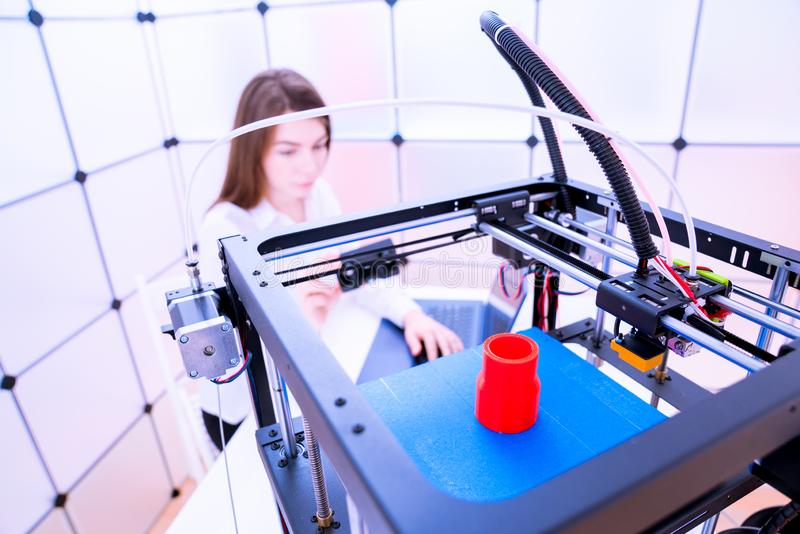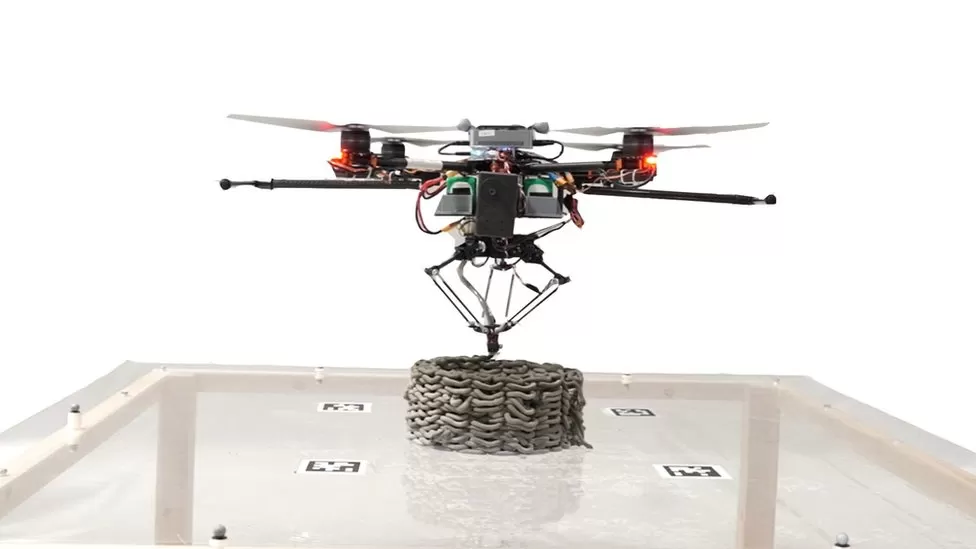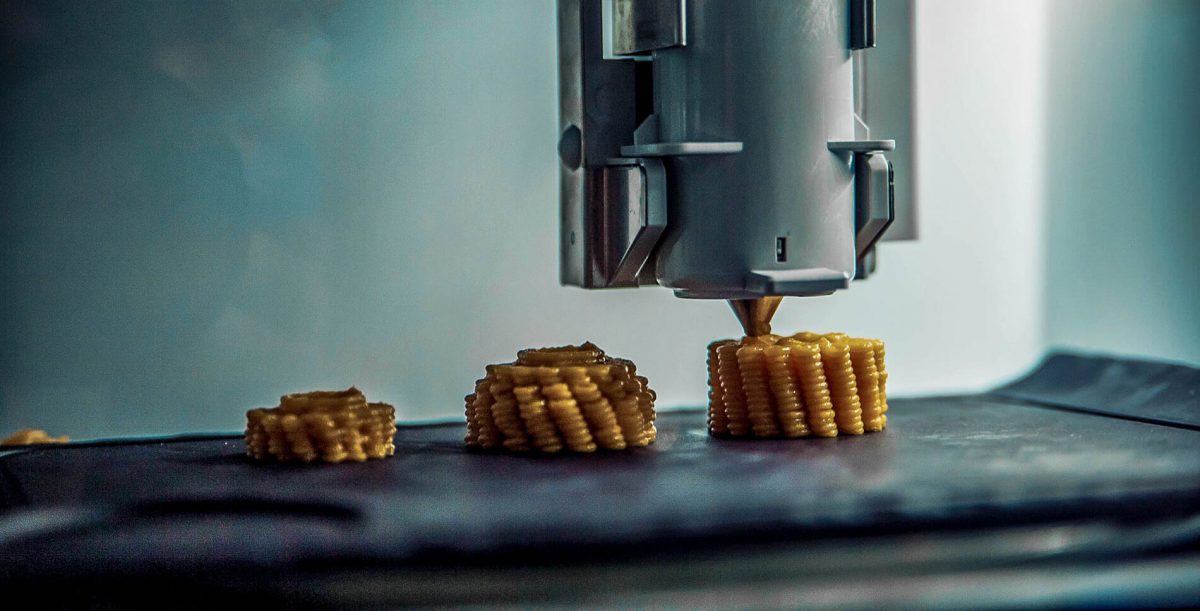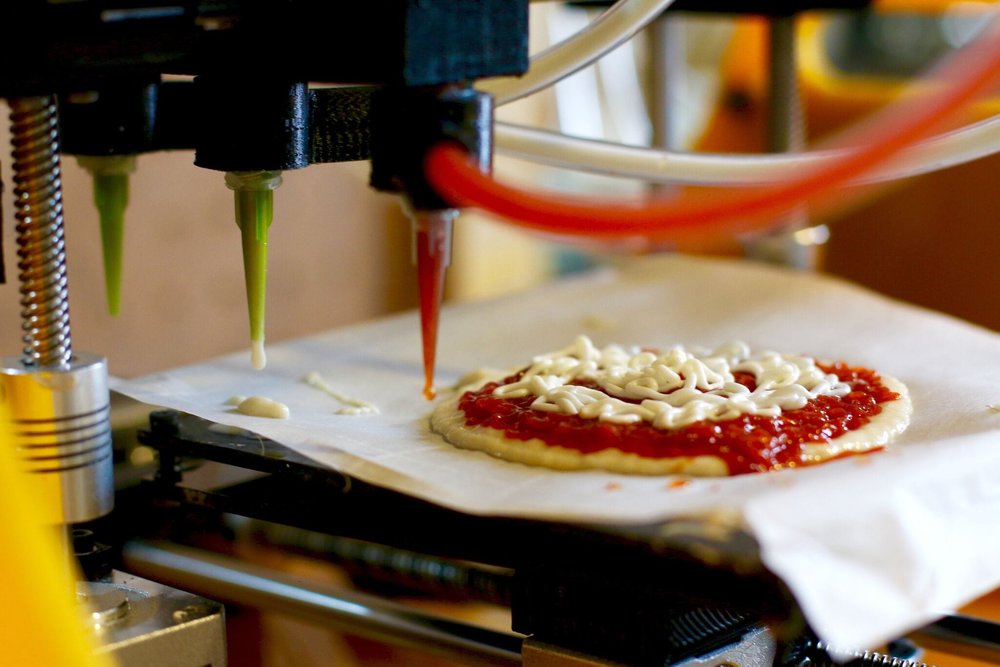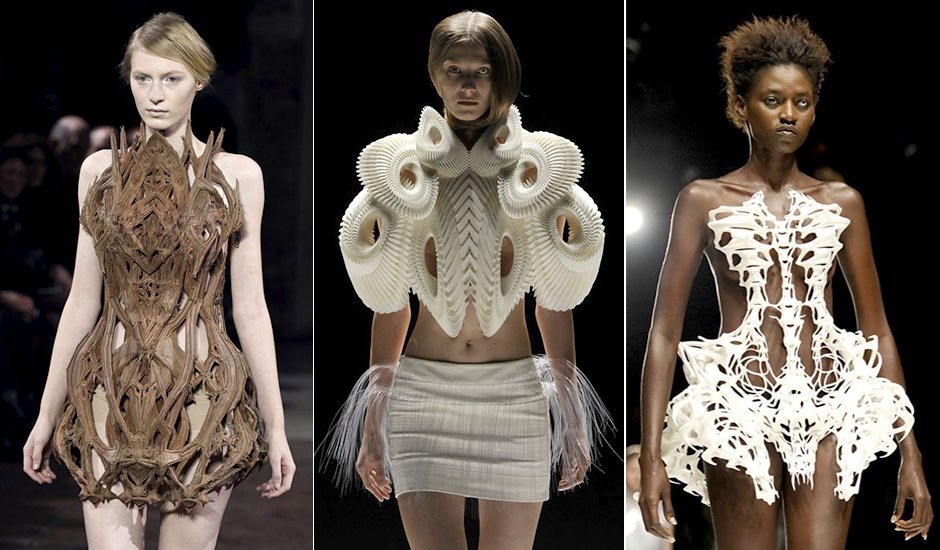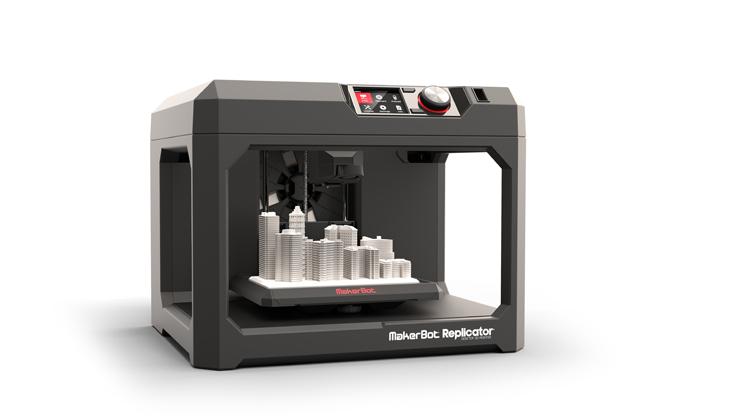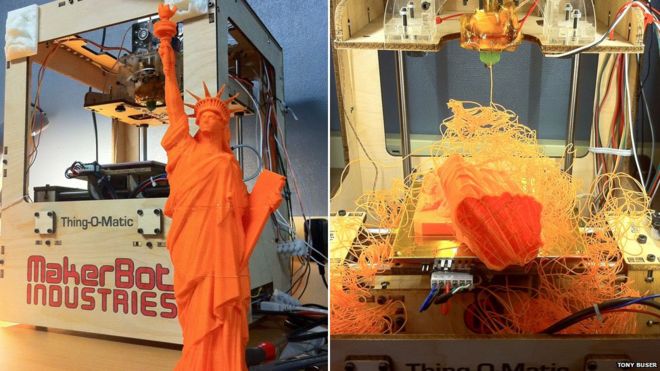5/5 (1)
I have personally never held a 3D printed object or even attempted to translate my non-existing creativity into 3D printing. When I started doing research for this blog, I assumed, I was tech savvy enough to go to an appliance store, splash out on a 3D printer, and have my first 3D printed watch before midnight (automatic preferably). After this research, I am confident that I am not a 3D-prosumer and that I will not even have printed a potato by the end of the week.
Despite numerous reports and extensive news coverage, the past years, the much anticipated 3D printing disruption revolution has yet to take off. Many start-ups have gone bankrupt due to the slow pace this technology is moving in the consumer market. It is important to start with segmenting the market into consumer, prosumer and professional. A prosumer is a professional consumer whom, related to this blog post, is actually able to successfully print medium complex objects with a low cost commercial printer.
For a professional market such as engineering; rapid prototyping has seen a lot of success with 3d printing1, even the international space station has a printer on board. The same applies for any industry that wants a quick 3D designed object before entering production. A search on YouTube will result in videos of amazing printed objects. From houses, pizzas to surgical implants. Using materials ranging from concrete, resigns to chocolate2. Most of these objects are printed on industrial 3D printers, operated by experts, and are not affordable for normal consumers.
There are commercially off the shelf consumer 3D printers. However, there is a lot more to 3D printing than simply clicking the print button. Prosumers or printing hobbyist are willing to invest resources into fixing, maintaining physical and digital flaws, that low-end printers have. For the regular consumer it does not live up to the promise.
Coolblue offers a 3D printer assortment ranging from 499 up to 2.999 euro. Then, you still have to add the cost of the material and the cost of the object design you want to print. Plus, the time it will consume to set up the printing process and the time it will take to study how these processes actually work.
As a newbie to this segment, I have no idea if I should buy Acrylonitrile Butadiene Styrene, Polyethylene Terephthalate or simply Polyamide. These are all coils of different filament ranging from 30 to 60 euro a cartridge. That is 600 to 750grams of building material. I am confident that is not even a set of screwdrivers after wasting material in trial and error print sessions. Currently, 3D printing has no absolute or even comparative advantage over low cost, high quality simple consumer products (injection molding).
Luckily, there are numerous sites with freeware and free designs. Thingiverse is one of them and they state that they have 622,520+ designs. Their range of newly uploaded designs is hard to describe; there are toys, tools and a number of mechanical parts used in 3D printers. There are also quite some puzzling designs, from which I cannot infer what they actually are3. Grabcat4 tailores to professional engineering, a hub for digital manufacturing, and promises prints straight from Cad without file conversion. A common problem among other software related issues.
Printer-makers advertise new machines that are faster, use different new technologies, but do not advertise failure rate. One manufacturer is even offering a modular printer that allows you to swap components for future innovations. Seems like work in process rather than a sturdy long lasting device. All marketing videos have 1 thing in common, they fast forward to the final perfect object. Printing an object can take many hours or even days, another feature printer-makers do not advertise. During that time, you have to keep an eye on your printer because the failure rate is actually problematically high on quite a few commercial models. It can result in a half-finished product, due to connectivity issues, but also a big mesh of spaghetti covering your expensive printer with molten plastic.
I wanted to explain some of the technical complications related to the printing process. It escalated from duct-taping your printing plate to extrusion multiplier settings5. I think it is better to read the following post “3D printers are never going to be a real thing6” on Mashable; six failed attempts at a simple object.
If you have abundant time, finances and are willing to become an expert, you can try it as a prosumer. Unless previously addressed issues will not significantly improve, I believe there cannot be a mass consumer market in the near future.
1 http://www.pwc.com/us/en/technology-forecast/2014/issue2/features/future-3d- printing.html
2 http://www.shapeways.com/materials
3 http://www.thingiverse.com/newest/page:1
4 https://grabcad.com/
5 https://all3dp.com/common-3d-printing-problems-and-their-solutions/#Over-Extrusion
6 http://mashable.com/2016/07/23/3d-printed-failure/#NFxSVSN8CGqm
Coverpicture: http://ichef-1.bbci.co.uk/
